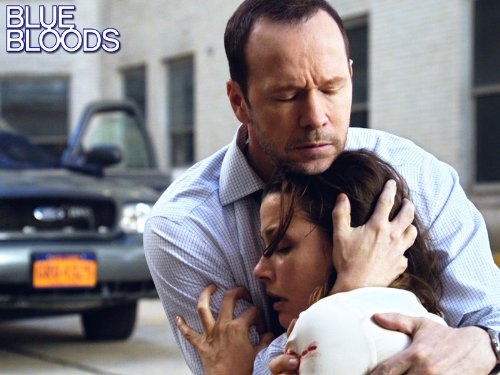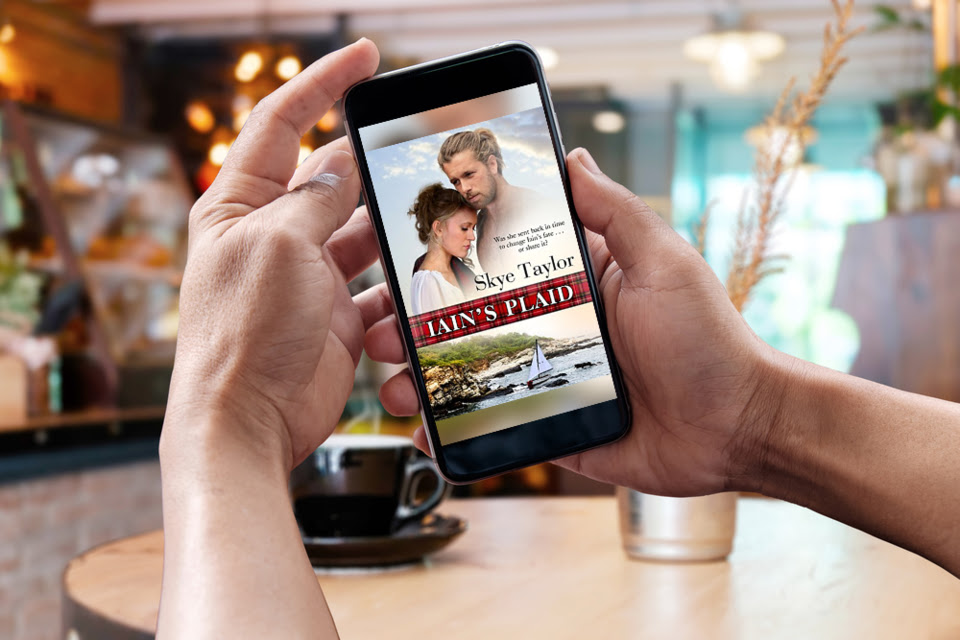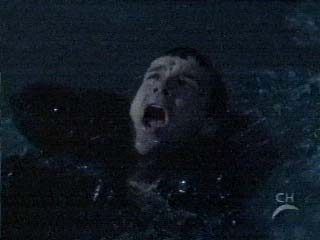 Remember back in science class when you very carefully filled a beaker with water slowing to drip by drip as the beaker filled? The goal was to see the actual water level stop above the rim of the beaker without spilling out. That is surface tension – that hidden force that keeps the water molecules adhered to each other even when the container isn’t there to hold it in. For a writer, the skill of keeping that exact balance of tension is what makes for a great reading experience. Before the days of pause and rewind on our televisions, we all had moments when we desperately needed to use the bathroom or were salivating for a snack, but the tension in the program we were watching kept us glued to our seats until the ads came on. That carefully constructed tension is great writing. It’s what keeps readers or watchers coming back for more.
Remember back in science class when you very carefully filled a beaker with water slowing to drip by drip as the beaker filled? The goal was to see the actual water level stop above the rim of the beaker without spilling out. That is surface tension – that hidden force that keeps the water molecules adhered to each other even when the container isn’t there to hold it in. For a writer, the skill of keeping that exact balance of tension is what makes for a great reading experience. Before the days of pause and rewind on our televisions, we all had moments when we desperately needed to use the bathroom or were salivating for a snack, but the tension in the program we were watching kept us glued to our seats until the ads came on. That carefully constructed tension is great writing. It’s what keeps readers or watchers coming back for more.
A
 Of course, in real life we all need a break now and then. If life was all tension with no opportunities to let things overflow a bit we’d wear ourselves out. But for an author, if you give the reader that break, they won't become inextricably involved in the story. If there is no tension or very little tension at all, then they’ll probably toss the book aside permanently and likely never consider buying another from that author.
Of course, in real life we all need a break now and then. If life was all tension with no opportunities to let things overflow a bit we’d wear ourselves out. But for an author, if you give the reader that break, they won't become inextricably involved in the story. If there is no tension or very little tension at all, then they’ll probably toss the book aside permanently and likely never consider buying another from that author.
A
 But how to keep that careful balance? One thing the careful author does is keep the end in sight – how is this book going to end and what little bits of information or tension here in the middle will heighten that ending and make it more satisfactory? One example might be a hero who never cries. He’s a tough as they come, baked in the streets, detective who’s seen it all. As he moves through your story, he sees things that would make most of us tear up if not break down and bawl, but he’s gritting his teeth and maintaining his stoic front. Yet, what is that doing inside of his head? A good author lets the reader see how the tension of each insult to his humanity begins to unravel his composure. Sometimes the straw that breaks the camel’s back comes suddenly and takes both the character and the reader off guard. Sometimes it just builds, bit by bit, until that careful control slips, maybe just a bit. But in either case, this man is suddenly someone we want to reach out to, to hug and tell him it’s okay to cry. And all that tension leading up to that moment is how the author keeps the reader glued to the story. So being pulled into the character's head and heart, making the reader feel like he or she is part of the story, not only adds tension because now the reader feels what the character is feeling, but he or she is anxious to know how this is going to get fixed.
But how to keep that careful balance? One thing the careful author does is keep the end in sight – how is this book going to end and what little bits of information or tension here in the middle will heighten that ending and make it more satisfactory? One example might be a hero who never cries. He’s a tough as they come, baked in the streets, detective who’s seen it all. As he moves through your story, he sees things that would make most of us tear up if not break down and bawl, but he’s gritting his teeth and maintaining his stoic front. Yet, what is that doing inside of his head? A good author lets the reader see how the tension of each insult to his humanity begins to unravel his composure. Sometimes the straw that breaks the camel’s back comes suddenly and takes both the character and the reader off guard. Sometimes it just builds, bit by bit, until that careful control slips, maybe just a bit. But in either case, this man is suddenly someone we want to reach out to, to hug and tell him it’s okay to cry. And all that tension leading up to that moment is how the author keeps the reader glued to the story. So being pulled into the character's head and heart, making the reader feel like he or she is part of the story, not only adds tension because now the reader feels what the character is feeling, but he or she is anxious to know how this is going to get fixed.
A
 In my book, Iain’s Plaid, the tension for my heroine, who has been thrown back in time a couple hundred years, is first to figure out where she is, then why or how she got there, but very soon she realizes that she has ended up in the basement of a man who was considered a hero to many in the lead-up to the Revolutionary War, but due to her studies in American history, she knows he will suddenly disappear and no one knew what happened to him. About the same time she figures out how she might get back to her own time, the idea comes into her head that perhaps she was tossed back in time to save him from whatever fate had befallen him. But she still doesn’t know exactly what that fate was. As the story unfolds the reader meets new characters, some are adversaries, some are friends, but maybe one or more of them are the cause of his disappearance. It happens to be a romance and eventually she realizes she is in love with this man, which only adds to the tension when things happen that she is either directly or indirectly the cause of. Maybe she’s what happened to him. Her very unnatural presence in his time might be his undoing. Should she go home? If she can? But what if it’s not? What if the cousin he loves, who happens to be a British soldier is going to betray him? Or what if she’s still not discovered who will betray him? Maybe she should stay and see the task through.
In my book, Iain’s Plaid, the tension for my heroine, who has been thrown back in time a couple hundred years, is first to figure out where she is, then why or how she got there, but very soon she realizes that she has ended up in the basement of a man who was considered a hero to many in the lead-up to the Revolutionary War, but due to her studies in American history, she knows he will suddenly disappear and no one knew what happened to him. About the same time she figures out how she might get back to her own time, the idea comes into her head that perhaps she was tossed back in time to save him from whatever fate had befallen him. But she still doesn’t know exactly what that fate was. As the story unfolds the reader meets new characters, some are adversaries, some are friends, but maybe one or more of them are the cause of his disappearance. It happens to be a romance and eventually she realizes she is in love with this man, which only adds to the tension when things happen that she is either directly or indirectly the cause of. Maybe she’s what happened to him. Her very unnatural presence in his time might be his undoing. Should she go home? If she can? But what if it’s not? What if the cousin he loves, who happens to be a British soldier is going to betray him? Or what if she’s still not discovered who will betray him? Maybe she should stay and see the task through.
A
 Another way an author adds tension is to leave the reader with questions that he or she desperately wants answered. We’ve all heard about the “hook.” We must have a hook in the blurb, in the cover quote, in the first sentence or before the end of the first page and definitely at the end of the first chapter. Actually, at the end of every chapter. When I reader comes to a break in the tension, that’s when they are likely to put the book down so a clever author finds a way to end every chapter with a question that leaves the reader thinking, “just one more chapter – then I’ll go to bed, or get up and start the laundry.” Once upon a time all television shows ended with all the conflicts for that particular segment neatly tied up and solved. But now with hundreds of programs vying for our attention, this isn’t always the case. Especially at the end of a season, some of the TV series now have someone important in jeopardy leaving all the faithful viewers waiting anxiously for
Another way an author adds tension is to leave the reader with questions that he or she desperately wants answered. We’ve all heard about the “hook.” We must have a hook in the blurb, in the cover quote, in the first sentence or before the end of the first page and definitely at the end of the first chapter. Actually, at the end of every chapter. When I reader comes to a break in the tension, that’s when they are likely to put the book down so a clever author finds a way to end every chapter with a question that leaves the reader thinking, “just one more chapter – then I’ll go to bed, or get up and start the laundry.” Once upon a time all television shows ended with all the conflicts for that particular segment neatly tied up and solved. But now with hundreds of programs vying for our attention, this isn’t always the case. Especially at the end of a season, some of the TV series now have someone important in jeopardy leaving all the faithful viewers waiting anxiously for  fall to come and the show to resume so they can find out what happened, where is this important character? Did they survive? How will the story go on if he didn’t? I recall one of the first of these that ramped up my anxiety level was a season finale of JAG where Harmon Rabb was bobbing in very angry ocean in a life raft after his fighter jet ditched in a storm and the Navy calling off the search because conditions had worsened to make it unsafe for the sailors to stay out looking for him. Last spring the director of N.C.I.S. was being held prisoner in some God-awful place, beaten and tortured, while all the fans waited through four long months to find out if he would be saved.
fall to come and the show to resume so they can find out what happened, where is this important character? Did they survive? How will the story go on if he didn’t? I recall one of the first of these that ramped up my anxiety level was a season finale of JAG where Harmon Rabb was bobbing in very angry ocean in a life raft after his fighter jet ditched in a storm and the Navy calling off the search because conditions had worsened to make it unsafe for the sailors to stay out looking for him. Last spring the director of N.C.I.S. was being held prisoner in some God-awful place, beaten and tortured, while all the fans waited through four long months to find out if he would be saved.
A
 So, tension is important to keeping the reader coming back. It’s important to making a story interesting. Just think how dull it would be if there was NO tension? Consider the early readers some of us older folk had in first grade, “See Spot run. See Sally run. See Sally chase Spot.” God only knows how any of us stayed engaged long enough to learn how to read because there was absolutely nothing compelling about the story. Today’s young readers are treated to so much more interesting fare as they learn how to conquer the world of words. Think of How the Grinch Stole Christmas – and the spirit of Whoville. Not only was there tension throughout the story, from the heavy antlers tied onto the dog’s unwilling head, to the stealing of everything that was Christmas, but there was a lesson to be learned. That Christmas isn’t about things, it’s about love and celebration, and caring. And it’s become a classic both in book form and on TV.
So, tension is important to keeping the reader coming back. It’s important to making a story interesting. Just think how dull it would be if there was NO tension? Consider the early readers some of us older folk had in first grade, “See Spot run. See Sally run. See Sally chase Spot.” God only knows how any of us stayed engaged long enough to learn how to read because there was absolutely nothing compelling about the story. Today’s young readers are treated to so much more interesting fare as they learn how to conquer the world of words. Think of How the Grinch Stole Christmas – and the spirit of Whoville. Not only was there tension throughout the story, from the heavy antlers tied onto the dog’s unwilling head, to the stealing of everything that was Christmas, but there was a lesson to be learned. That Christmas isn’t about things, it’s about love and celebration, and caring. And it’s become a classic both in book form and on TV.
A
So, I’ve told you a little about what tension is and how it drives the reader on. I’ve also shared some of my techniques for keeping the tension going. Now you can hop on over to find out how these other great authors keep tension going in their stories.
A
 Beverley Bateman
Beverley Bateman
Anne Stenhouse
A.J. Maguire
Dr. Bob Rich
Helena Fairfax
Diane Bator
Judith Copek
Rhobin L Courtright